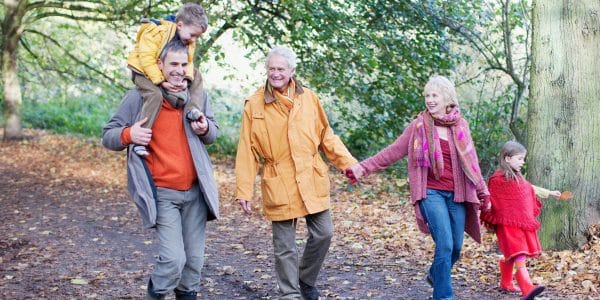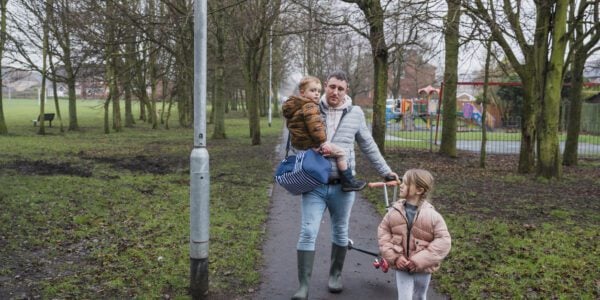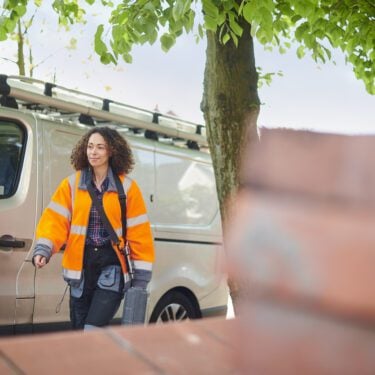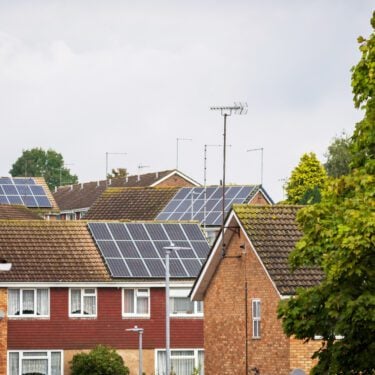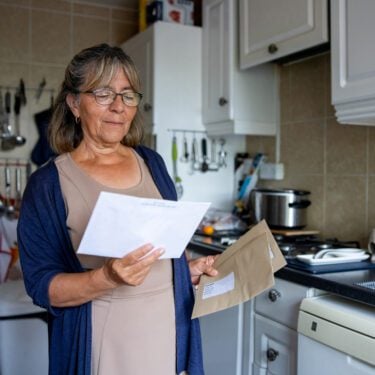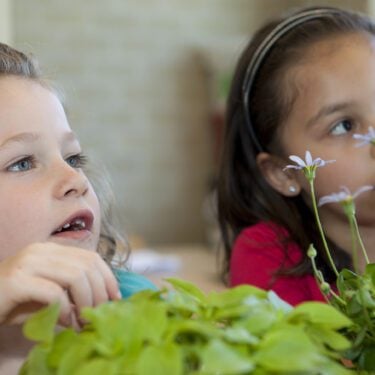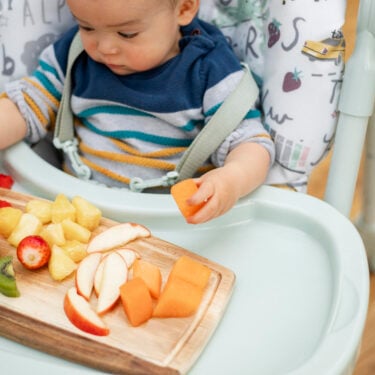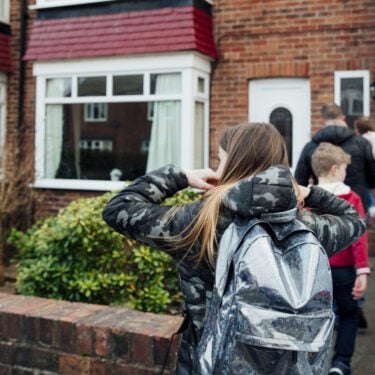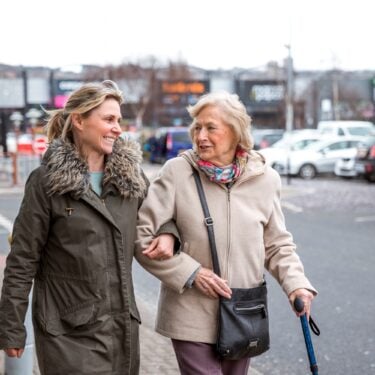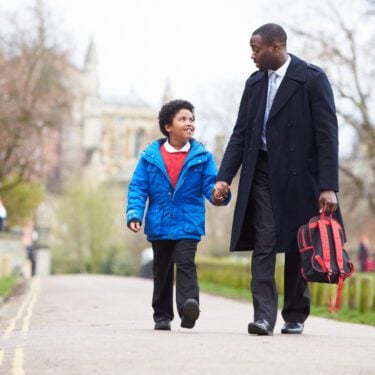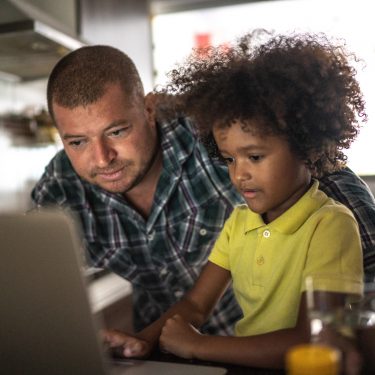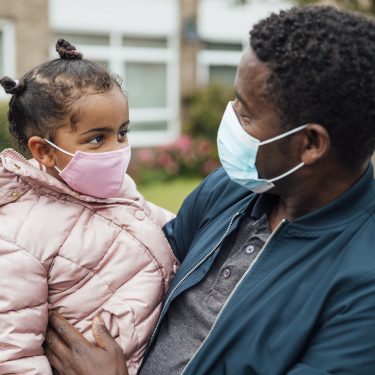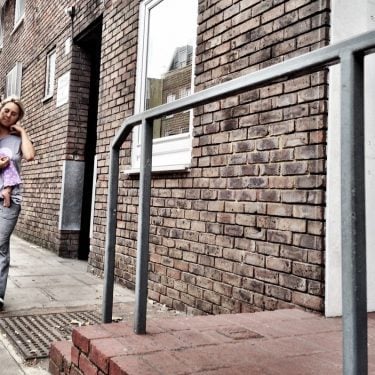The proportion of 16-24 year olds claiming income-related benefits increased from 9% to 15% during the COVID crisis. This increase was larger than for any other age group and has helped to reverse a decades-long fall in the share of people receiving benefits. New Nuffield-funded research from the Resolution Foundation published today also highlights the vital role Universal Credit has played during the pandemic.
The report notes a staggering surge in Universal Credit claims at the start of the COVID-19 crisis, with 1.3 million more families receiving Universal Credit in the first three months of the pandemic. A further 600,000 families have moved onto the benefit since then, whilst the number of people receiving legacy benefits (such as tax credits) has fallen over this period.
As a result, the total number of families receiving a working-age income-related benefit (such as Universal Credit, or the legacy Jobseekers Allowance or Working Tax Credit) rose by 1.4 million in the space of 12 months to 7.5 million in February 2021. This increase reversed a long decline in benefit receipt.
Back in 2005, 72% of people lived in households that received at least one benefit, a figure that had fallen to 62% by the eve of the crisis. Some families are no longer entitled to welfare support as a result of: the removal of Child Benefit from higher earners, the increase in the State Pension Age, and rising employment and earnings.
However, the Resolution Foundation estimate that 64% of people now receiving benefit income in their household due to a surge of new claims during the crisis.
The report notes that young adults (16-24 year olds) – the age group least likely to receive benefits – have seen the sharpest increases in support, up from 9% to 15% claiming an income-related benefit.
The proportion of 25-29 has also increased sharply – from 17 to 24% – while the share of 30-59 year olds claiming benefits has increased more slowly, from 22 to 27%.
The increase in benefit claims among young adults reflects the fact that they have been hit hardest by the COVID-19 crisis. It would have been far more stark were it not for the furlough scheme, which has been by far the biggest working-age social security scheme during the crisis, even though it is not classed as a benefit.
The number of families receiving benefits has fallen in recent months – down at least 130,000 between February and May of this year. However, the OBR expects the number of families receiving benefits to remain higher this year and next, compared to pre-crisis levels.
There has also been a potentially worrying rise in the number of older people claiming Universal Credit recently, with 34,000 more people aged over 50 on the benefit since February.
Record numbers of people now receiving Universal Credit, including half of all children in families receiving an income-related benefit (3.4 million children in total). Future decisions on Universal Credit – such as the future of the £20 a week uplift – will have a bigger impact on family living standards across the country than ever before.
Karl Handscomb, Senior Economist at the Resolution Foundation, said:
“After a decades-long decline in the share of families receiving benefits, the COVID-19 crisis has led to a surge in claims, with 1.4 million more families now claiming support.
“The pandemic benefit surge has been driven by young people – a group who have traditionally been the least likely to claim benefits – and reflects that fact that they have been by far the hardest hit by the COVID economic crisis.
“One legacy of the pandemic is likely to be more families receiving benefits, and particularly more families receiving Universal Credit. That will mean that future decisions on Universal Credit, such as whether to keep the welcome £20 a week uplift, will have a bigger impact on family living standards than ever before.”
This research highlights the relevance of the benefits system to people of all ages, as well as the vital role it has played in supporting people and families through the economic crisis caused by the pandemic. However, it also shows that the level of support varies significantly across different age groups, and those differences should be taken into account by government when considering any changes to benefit rates.”Alex Beer, Welfare Programme Head at the Nuffield Foundation

